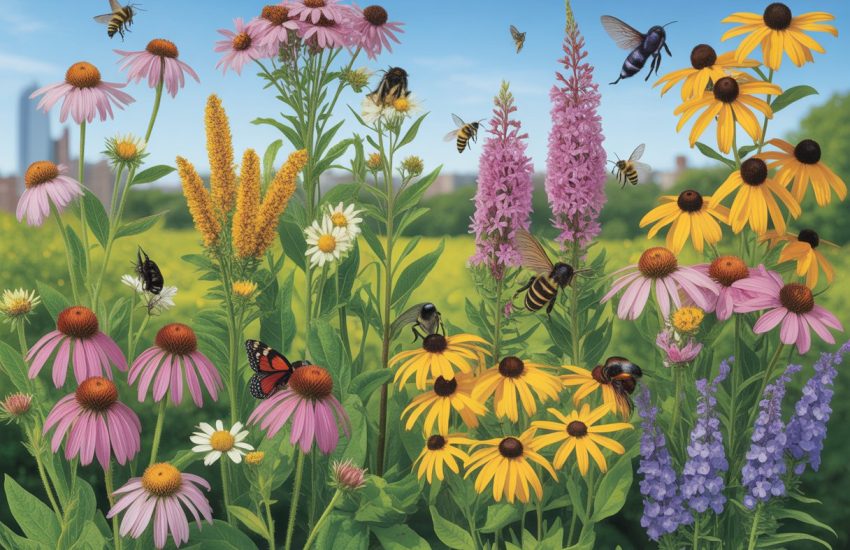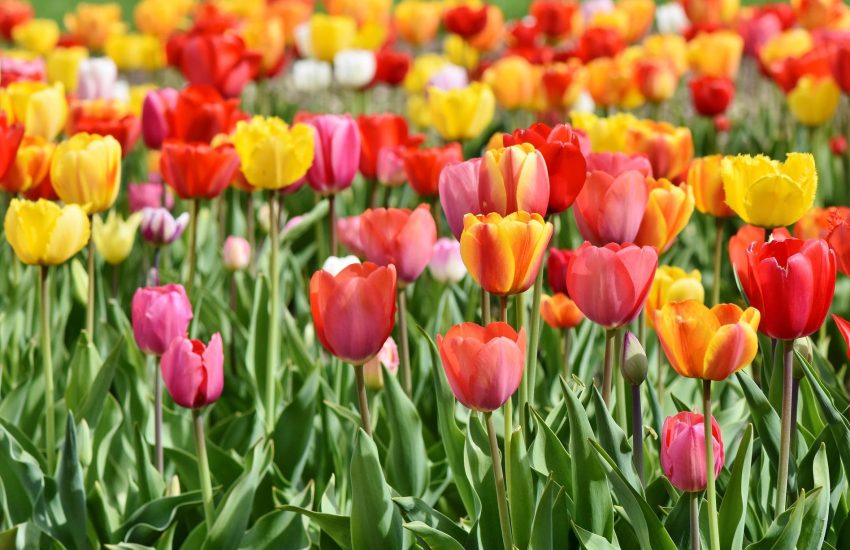Plants That Look Like Lilies: A Guide to Identifying Similar Species
Plants that look like lilies are a popular choice for gardeners who want to add a touch of elegance and sophistication to their outdoor space. While true lilies are stunning in their own right, there are many other plants that bear a striking resemblance to them. Some of these plants are even mistaken for lilies due to their similar appearance.

Lilies are a diverse group of plants that include many different varieties, such as Asiatic lilies, Oriental lilies, and trumpet lilies. Each type of lily has its own unique characteristics, but they all share certain traits, such as showy flowers, long stems, and graceful foliage. These features make lilies a favorite among gardeners who want to create a dramatic focal point in their landscape.
While lilies are certainly beautiful, they can also be challenging to grow. They require specific soil conditions, adequate moisture, and the right amount of sunlight to thrive. For this reason, many gardeners opt for plants that look like lilies instead. These plants offer the same stunning beauty as lilies, but are often easier to care for and maintain.
Identifying Lily Look-Alikes

There are several plants that resemble lilies but are not actually part of the Lilium genus. Here are some of the most common plants that can be mistaken for lilies, along with their distinctive characteristics.
Daylilies and Their Distinct Characteristics
Daylilies (Hemerocallis) are one of the most commonly mistaken plants for true lilies. While they share similar trumpet-shaped blooms, daylilies only last for a day before wilting, hence their name. They also have strap-like leaves and fibrous roots which distinguish them from true lilies. Daylilies come in a wide range of colors, including yellow, orange, pink, and red. They are also known for their fragrant blooms that attract hummingbirds and butterflies.
Other Plants with Lily-Like Flowers
Other plants with lily-like flowers include the amaryllis and the Clivia plant. Both of these plants have large, showy blooms that resemble those of lilies. Amaryllis flowers come in a range of colors, including red, pink, and white. Clivia flowers are typically orange or yellow. Both plants have long, sturdy stems that hold up their blooms.
Plants with Lily-Like Leaves
The Peace Lily (Spathiphyllum) and Lily of the Valley (Convallaria majalis) are two plants that have foliage that resembles that of lilies. Peace Lily leaves are large and glossy, while Lily of the Valley leaves are small and delicate. Neither plant has trumpet-shaped blooms like true lilies, but they are often mistaken for lilies due to their foliage.
In conclusion, there are several plants that look like lilies but are not actually part of the Lilium genus. By paying attention to the distinctive characteristics of each plant, it is possible to correctly identify these lily look-alikes.
Cultivation and Care for Lily-Like Plants
When it comes to cultivating and caring for plants that look like lilies, there are a few things to keep in mind. These plants are typically perennials that bloom in the spring and require well-draining soil and partial shade to thrive.
Soil and Light Requirements
Lily-like plants prefer soil that is well-draining and rich in organic matter. They also require partial shade, although some varieties can tolerate full sun. To ensure the best growth, it is recommended to plant these plants in soil that has a pH between 5.5 and 6.5.
If planting in containers or pots, make sure they have adequate drainage and are large enough to accommodate the plant’s root system. These plants can also be naturalized in garden beds or borders for a more natural look.
Propagation and Planting Tips
Lily-like plants can be propagated through bulbs or divisions. Bulbs should be planted in the fall, while divisions can be planted in the spring or fall. When planting bulbs, make sure they are planted at a depth of three times their height.
To ensure the best growth, it is recommended to fertilize these plants with a balanced fertilizer in the spring and fall. Mulching around the base of the plant can also help retain moisture and suppress weeds.
Overall, cultivating and caring for plants that look like lilies is relatively easy as long as their soil and light requirements are met. With proper care, these plants can add a touch of elegance and beauty to any garden or landscape.


